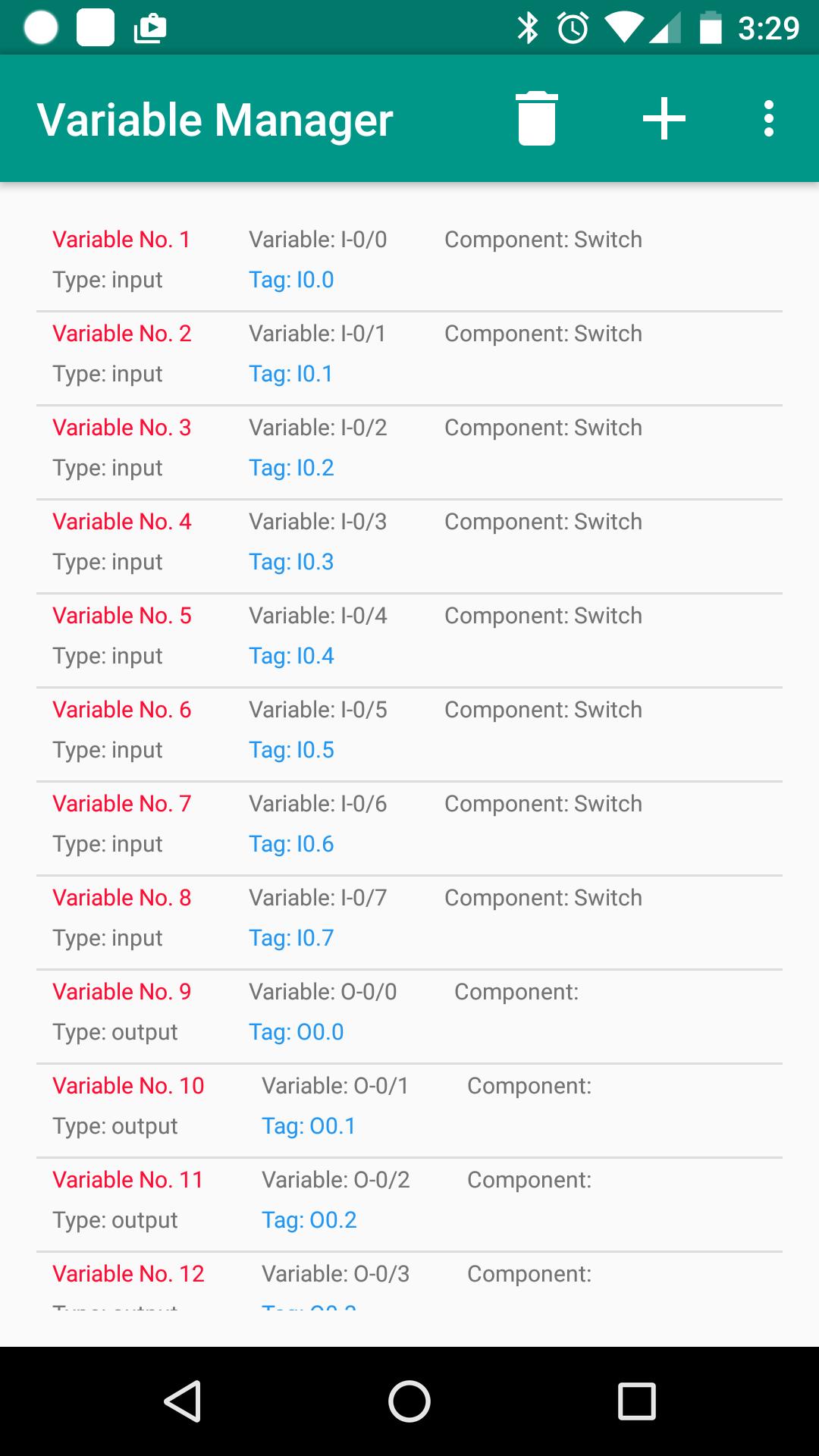REVISIONS. The textbook number is given on the bottom left of this textbook. Print Date. Textbook number Revision Jan., 2006 SH-080617ENG-A First edition. Also I recommend you to use the Mitsubishi ladder logic simulator as it is too helpful for simulation of the process. Secondly I request you to do simulation with the help of Codesys.
PLC training, tutorial and simulator
PLC Training and Simulator 2 CD Set
Windows 7 and Vista 64 compatible software!
The PLCTrainer version 4.32 uses RSLogix ™ ladder logic look and feel and now includes analog instruction, an area that has been overlooked by most PLC training materials. Order now and receive a second CD free LogixPro™, an RSLogix ™ logic simulator! (right click, save target as PLC Training Demo for demo of an earlier version of the PLC Trainer. Purchased version will actually be win7, Vista, XP compatible.)
2nd CD: LogixPro ™, an ideal tool for learning the fundamentals of RSLogix ™ ladder logic programming. The look, feel and operation of our ladder rung editor so closely mimics Allen Bradley's latest software offering, that many need a second look to be sure who's editor they're using. (Especially if you currently own a copy of RSLogix ™ as you can open it from within the PLCTrainer.) click for PLC Simulator CD screenshots
This 'virtual PLC' environment or PLC Simulator allows the learner to apply the knowledge gained in The PLCTrainer without the expense of purchasing RSLogix or even a PLC.
This new PLC Training Software runs on Windows ME, NT, 2000, XP and Windows Vista. If your equipment has any of the following example Micrologix 1000, SLC 500 and PLC 5 PLC model numbers, you can benefit from this training. (all series 1747, 1771 and 1761)
1761-L10BXB, 1761-L32AWA, 1761-L32BWA, 1747-L20, L30, L40, 1747-L511, 1747-L521, 1747-L532, 1747-L541, 1747-L552, 1771-*, 1785-L20B, 1785-L30, 1785-L40, 1785-L60, 1785-L80 etc.
See https://bin95.com/ebooks/plc_training_simulator.htm For more details, samples and to order.
Recommended PLC training path by occupation..
- Mechanic
- Industrial Electrician
- Industrial Engineer
- Commercial Electrician
- Instrumentation Tech
- Industrial IT
- Maintenance Manager
- Mechatronics Tech
- Software Programmer
While analizing the process that you have to automate you always have many conditions to respect for the safeness of the equipments, of the operators and of the process itself.
Plc Programming Simulator Online
What is an Alarm
An alarm is a condition of non-safe state of the machine.
Depending on the impact on the process, it can be:
- Blocking
- Not blocking

An alarm can be connected to an input sensor, but it’s never the sensor itself; alarms are generally stored in words (16-bits registers) and displayed in the HMI, as well as used in the program as conditions to grant the safeness of the process. Convert multiple web pages to one pdf download free, software.
What is interlocked equipment
Interlocked equipment, like motors or valves, is an equipment that has a protection circuit (real or logic) that interdicts the activation of the equipment if at least one danger condition is met.
Alarms with ladder logic
When i write alarms and interlocks i always use the same structure, that consists in many words where every bit corresponds to an alarm; this structure is almost a standard for many operators panel and has many good points but some drawbacks too (a drawback is that you can analize block of alarms comparing and masking entire words, that can be cheaper to write, but harder to understand when reading or debugging).
This is a basic sample on how i write an alarm block:
When writing alarms in this way the first segment must be always the reset block. This because even if you reset all the alarms pushing the reset button, if one fault condition is active, the alarm will be setted again few segments later, resulting in a still active alarm at the end of the program.
The last part is a recap of all alarms, really useful while debuggin because you can notice instantly what’s going on just by watching 1 segment.
The first bit of the word alarm has been chosen as “no active alarms” because usually:
- Alarms starts from number 1 and continues, so it’s no use to have an offset among alarms and bits
- This bits triggers all the alarms-screens and alerts on HMI and scada.
This is just a basic explanation, but you can find a more detailed explanation about fault logic here: http://www.contactandcoil.com/rslogix-5000-tutorial/create-fault-logic/
Writing interlocked equipment in ladder logic:
Once you detected the fault conditions for your plant, you should use alarms and other conditions inside interlocks to avoid dangerous operations.
I usually write outputs logic and interlocks in this way:
Same as alarms, interlocks must be above the segment that declares the output coil condition and the interlock bit should include every condition that stops the motor.
A common strategy that peoples uses when outputs grows in number is to have a block dedicated to interlocks that comes exactly before the block dedicated to output, like this:
When writing interlocks in this way debugging become really easy, because you can just navigate with 1 or 2 clicks of the mouse to the cause of interlock without having to analize a lot of logic.

You can download a sample application for RsLogix 500 here: https://www.mesta-automation.com/Downloads/alarms%20and%20interlocks.rar
Plc Training Simulator
READ MORE
